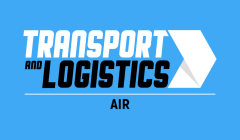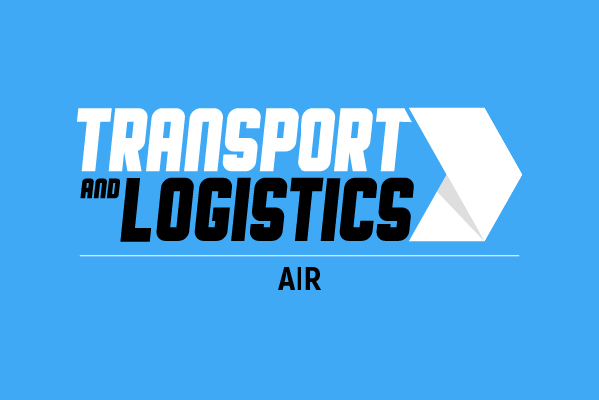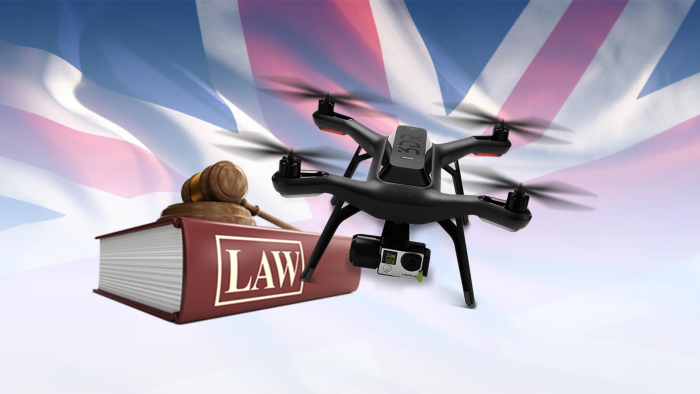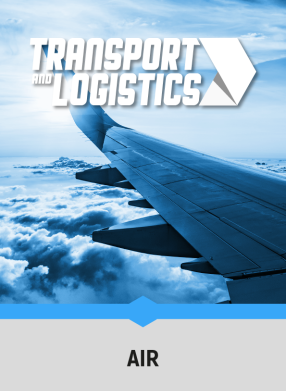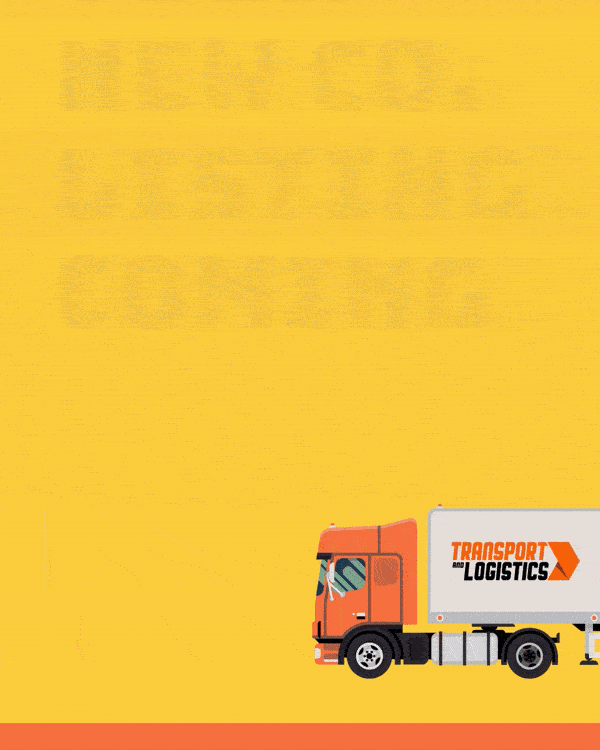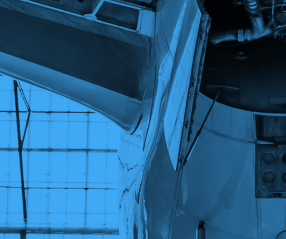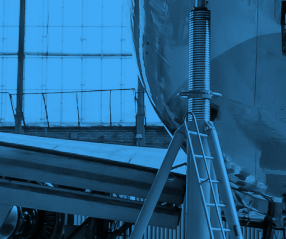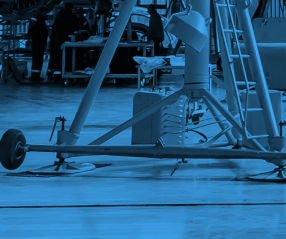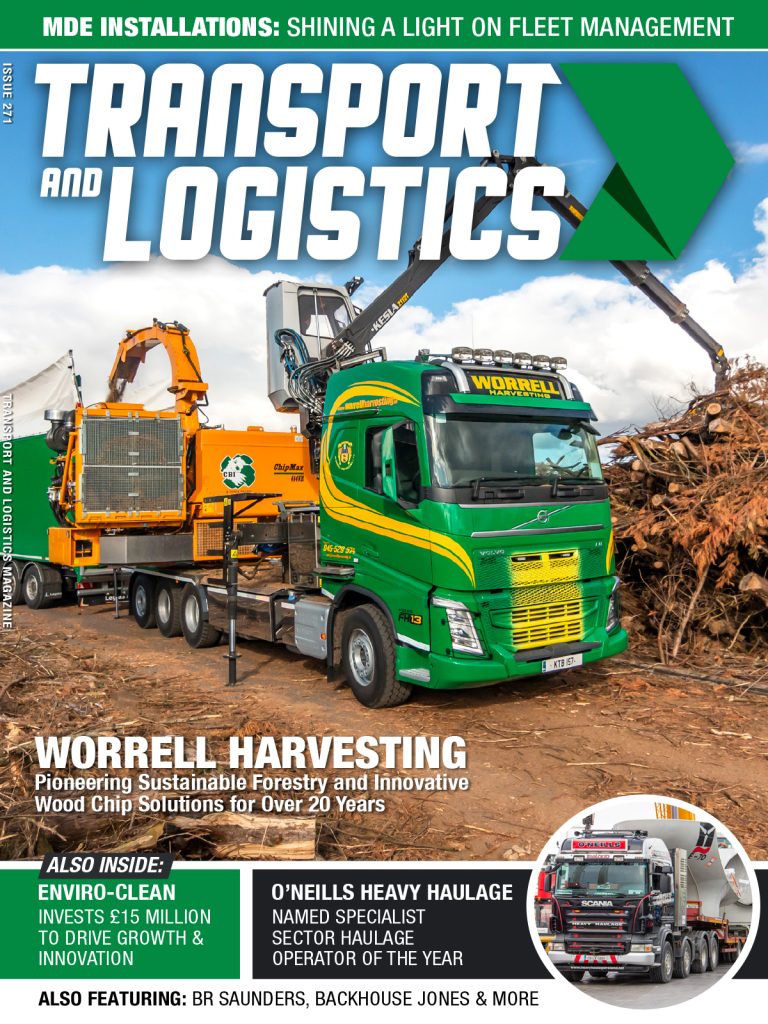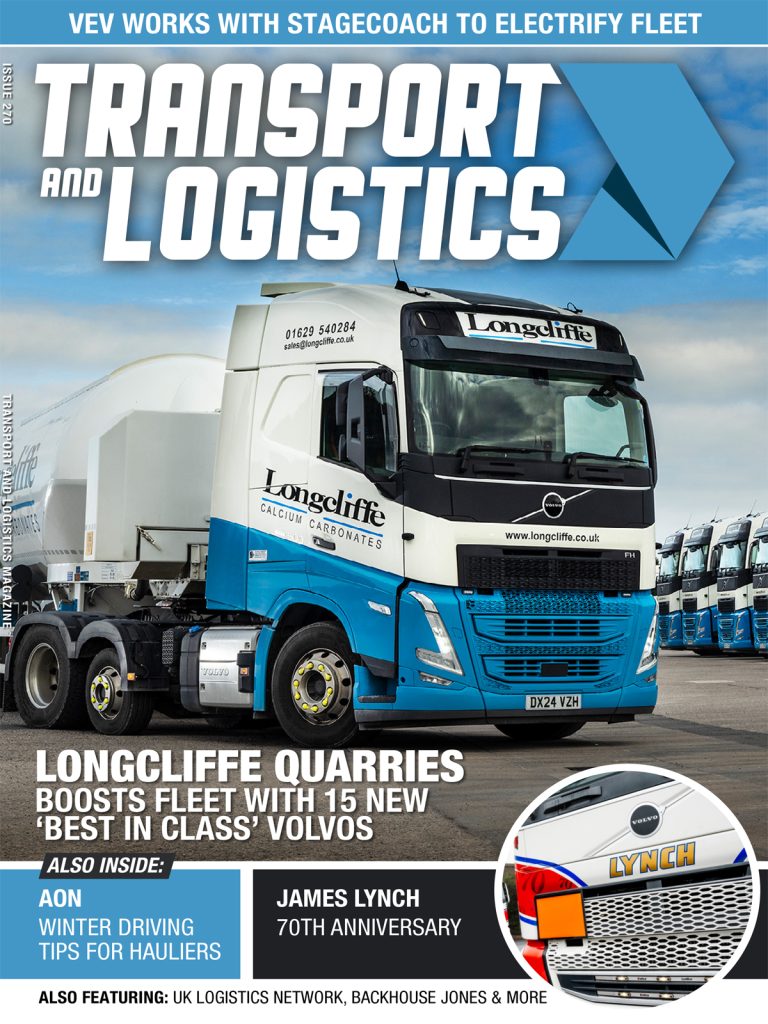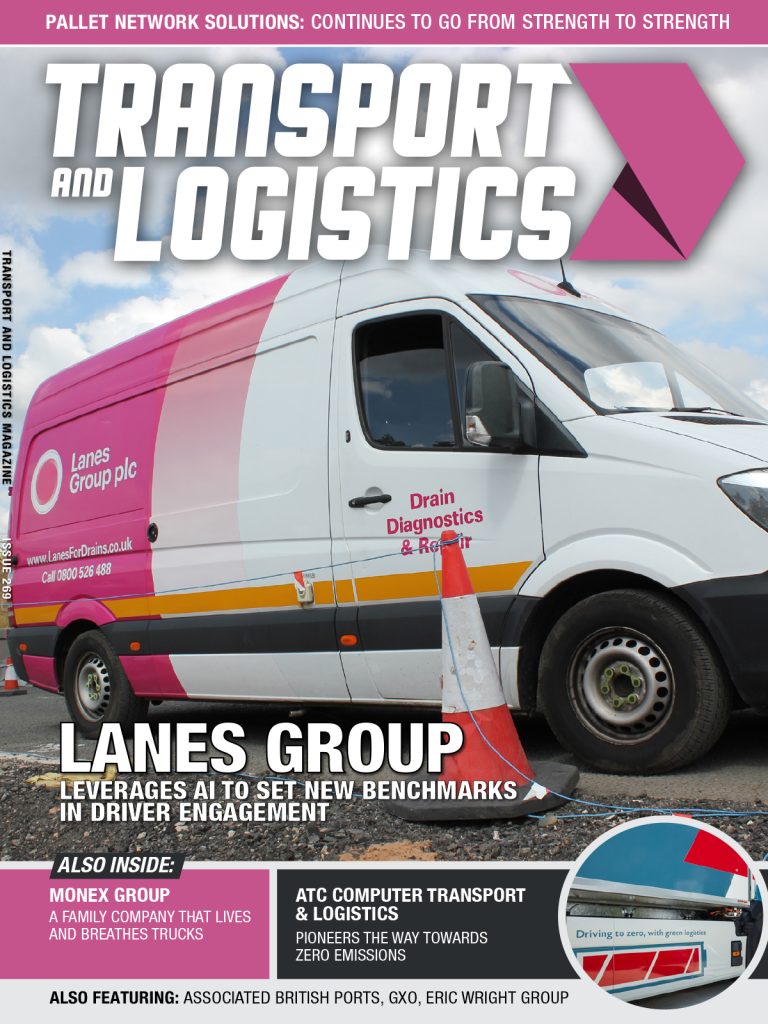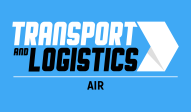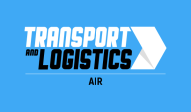In the right hands, drones are providing us with eyes in the sky and a view that hasn’t been so accessibly easy to obtain ever before. However, in the wrong hands, drones are proving to be a danger to air traffic. Getting the balance right is the crucial next step when it comes to drones, they need to be accessible to everyone but have strict regulations to ensure everyone is safe.
Ben Gorham, the director of drone surveying company Sky Revolutions explains, “Clarity around the legal framework, traffic management, and safety of drone operations is actively needed to underpin the sector and provide reassurance to the market.”
It’s hopeful that someone who is an important figure in the sector sees that things need for change, but as of yet, the government are behind on the plans for drone legislation. Aviation Minister Lord Ahmad stated that, “while the vast majority of drone users are law-abiding and have good intentions, some operators are not aware of the rules.” Which is where things start to get dangerous.
If you’re using drones within your business, here’s what you need to know:
Registration is key
The House of Lords EU Committee has called for the compulsory registration of all commercial and civilian drones. However, as of yet there’s no government led registration site – you may instead want to sign up on Drone reg for now which keeps a log of manufacturing numbers and details should your drone go astray. Committee Chairman Baroness O’Cathain says, “A key recommendation is that drone flights must be traceable, effectively through an online database, which the general public could access via an app. We need to use technology creatively, not just to manage the skies, but to help police them as well.”
Watch your weights
The Civil Aviation Authority (CAA) dictates that it’s only legal to fly a drone that weighs over 20kg in certified ‘danger areas’ such as specific aerodromes. It is also your responsibility to keep the drone in your direct sight at all times and if it is fitted with a camera, you must fly at a suitable distance from people or objects.
The requirements on the CAA website state that you must not fly a surveillance aircraft below the height of 150 metres of congested areas or those with a large number of people vacating the same space. You should also keep at least 50 metres from ‘any vessel, vehicle or structure, which is not under the control of the person in charge of the aircraft.’ A lot of the drone flying regulations come down to good common sense, but if you aren’t sure on something it’s always best to check with an authority such as the CAA.
